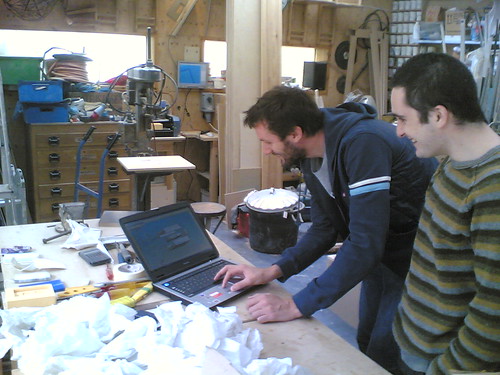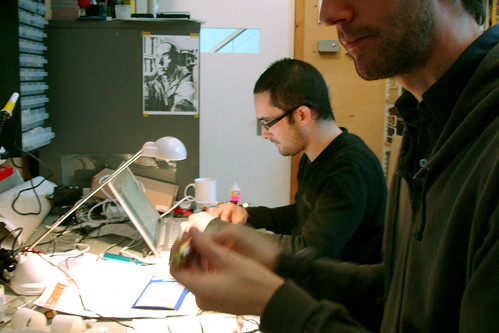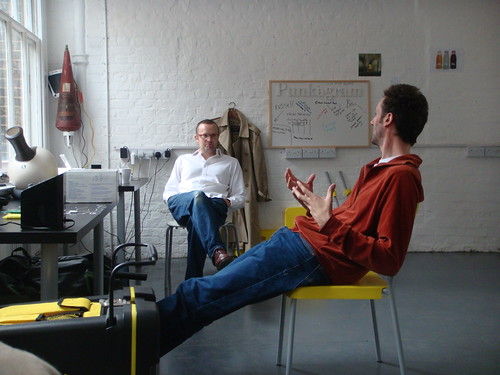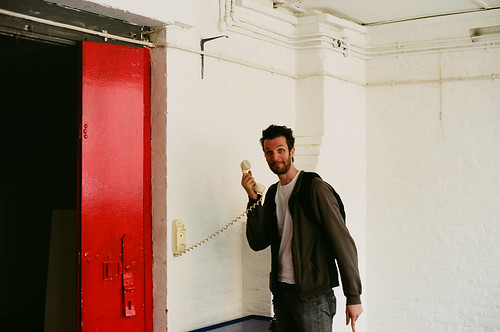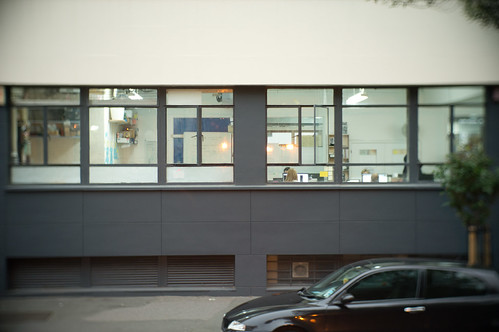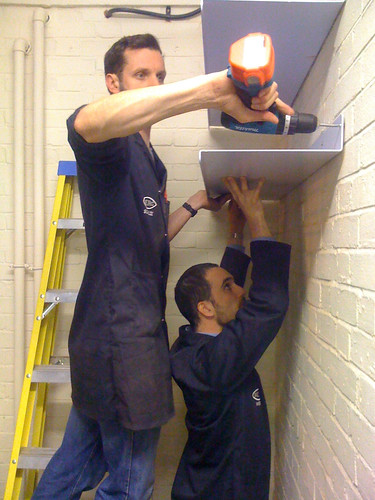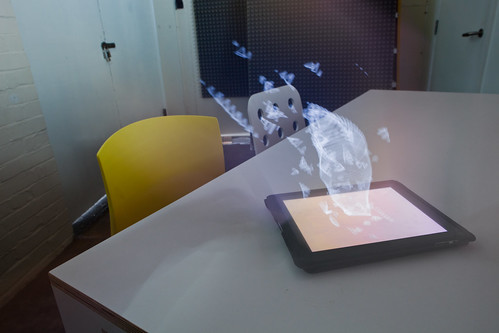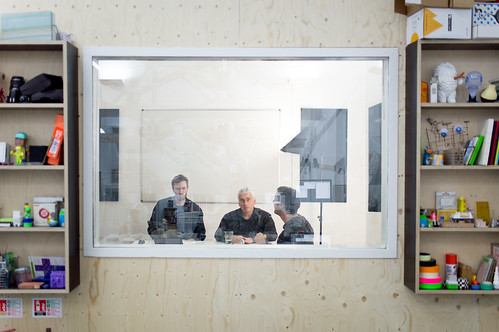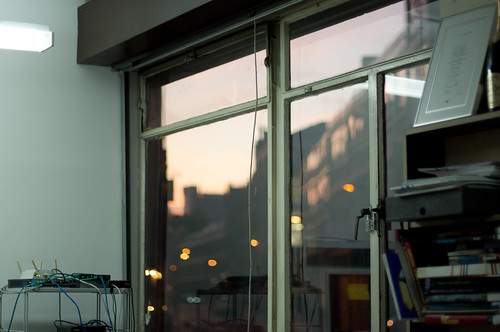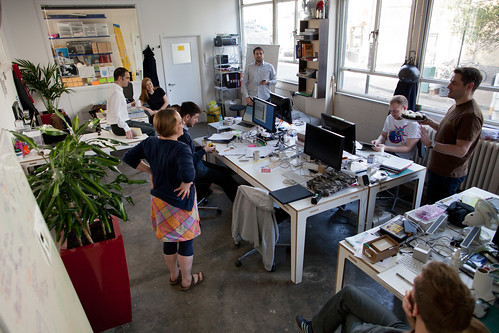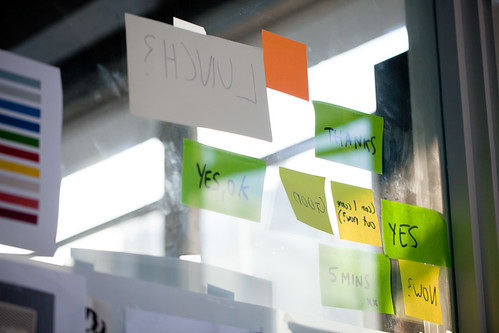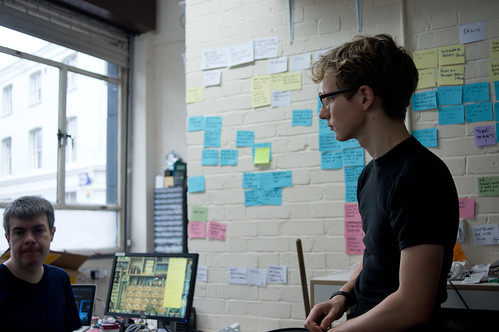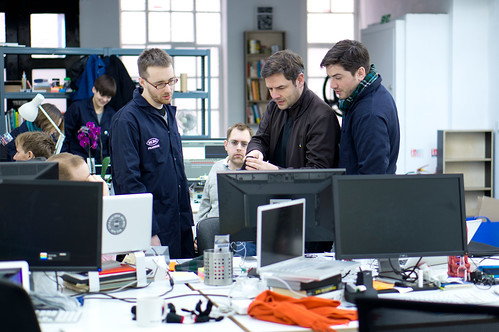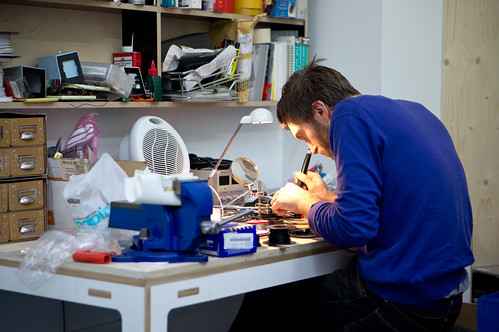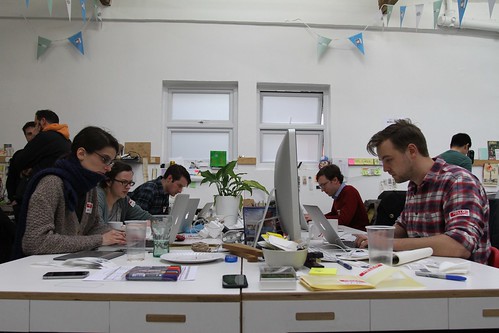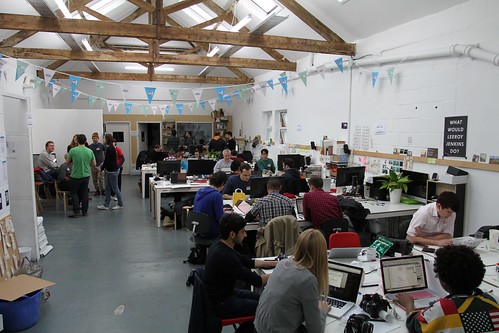The term regeneration (also known as renewal), in the British science fiction television series Doctor Who, is a biological ability exhibited by Time Lords, a race of fictional humanoids originating on the planet Gallifrey. This process allows a Time Lord who is old or mortally wounded to undergo a transformation into a new physical form and a somewhat different personality.
Yesterday and today we’ve been moving into what will be the 7th BERG office (counting S&W’s premises and our secret spin-office, BERG#9) – it’s my fourth.
A bit like Doctor Who’s different incarnations, while still the same company, the spaces we’ve worked in have created very different feeling BERGs.
And, a bit like Doctor Who, I guess you have one incarnation that you always think is the best, or ‘yours’.
115 Bartholomew Road
Jack and Matt worked together first of all in 115 Bartholomew Road, Kentish Town. I visited their space a couple of times while they worked on projects for me and Chris Heathcote at Nokia.
Hewett Street
Hewett St saw S&W move to London’s fashionable Shoreditch, just before Matt Biddulph jokingly dubbed it “Silicon Roundabout”. It saw the beginning of our habitual co-habiting with RIG and Newspaper Club. It was also where I started working more formally with Jack and Matt as an advisor while I spent most of my time on Dopplr.
Tom Armitage became Employee#1…
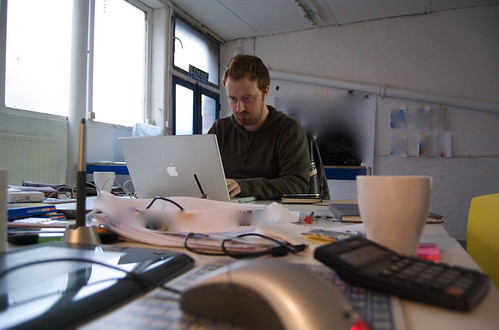
It was also where Olinda was launched…

…and Matt crowdsourced a large amount of tiny cattle.
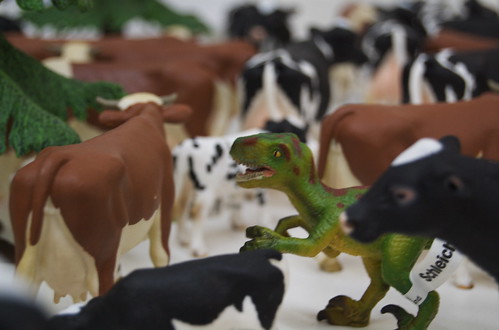
“Sh*t Office”
I’m sure it’s a coincidence, but my joining full-time coincided with us moving to a tiny room, heated by a sunlamp, at the less-than-salubrious end of Scrutton Street. It was quickly dubbed “Sh*t Office”. Matt Brown joined us, as did Nick Ludlam.
It was also where the regeneration of S&W into BERG took place…
The BRIG
We moved, with RIG to the other end of Scrutton Street, to a floor of a former printing company that quickly became known as The Brig.
We had a bit more room to work and make, we were able to customise the space modestly and this space was really where BERG started to fire on all cylinders IMHO.
I think, like Tom Baker is “my” Doctor, this version of the BERG space feels like the one I’ll remember most fondly…
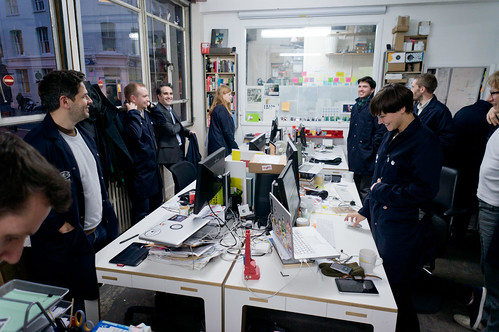
Corsham St
After a couple of years in the BRIG we moved to our Corsham St space at the beginning of 2012. Much bigger than any of our previous studios, and we weren’t sharing with any of our friends.
A bit more grown-up perhaps, and to start-off with I felt a bit like we rattled-around in it, but as soon as the final push to launch Little Printer kicked in, the place started to hum.
It also meant, that once LP was out in the world we had room to invite folks round for hackdays…
I think that’s when Corsham Street felt really alive, when it was full of friends and new acquaintances, all working really enthusiastically on something.
City Road
And now, BERG has just regenerated into it’s latest incarnation, an eyrie on the edge of “tech city” where BERG Cloud can be taken to the next level!
We’ve got our friends from Newspaper Club back in digs with us, and it’s going to be interesting to see how this new, quite different, more cellular space influences the way BERG works.
It’s a step that I won’t be around to see first-hand, as today’s my last day at BERG, and this is my last blog post.
It’s a bittersweet moment, to look back on four years of working with incredible people on awesome projects. I’ve been very lucky to be in each one of the rooms above.
We’re going back to Corsham St now, to have a leaving party – where I’ll raise a glass to the next regeneration of BERG…

